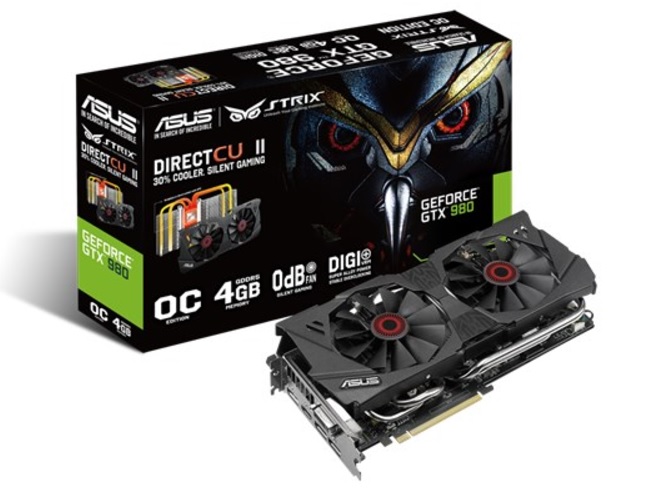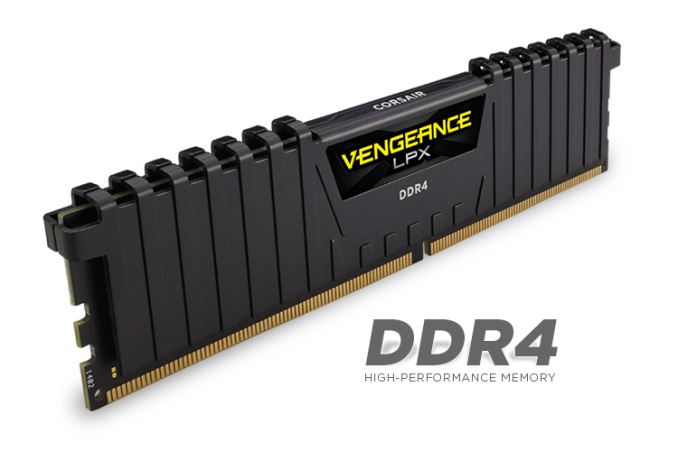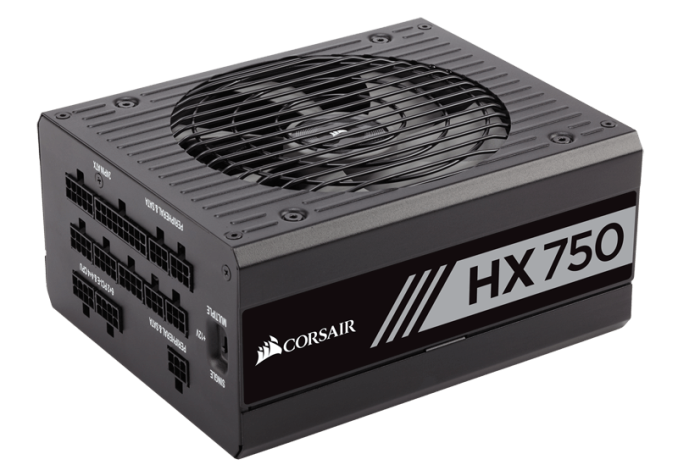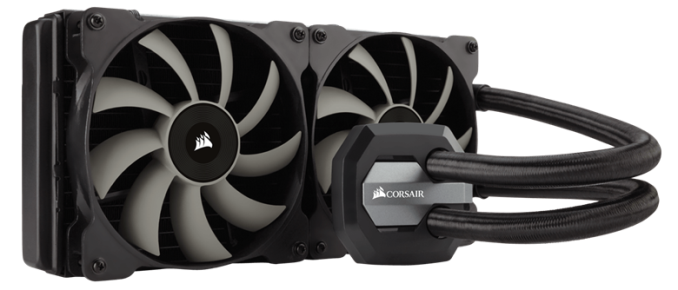The ASUS ROG Strix B360-G Gaming Review: A Polarizing $100 Motherboard Design
by Joe Shields on September 25, 2018 8:00 AM EST- Posted in
- Motherboards
- Intel
- Asus
- MicroATX
- CrossFire
- M.2
- Coffee Lake
- i7-8700K
- B360
Board Features
Motherboards in this category are all about balancing cost and features. ASUS cements the B360-G Gaming as a high quality contender in the mATX space with its Intel network controller, a full set of DRAM slots, a custom Realtek audio codec, dual M.2 slots, and all six chipset-supported SATA ports. Bundle all the regular features on top, and some USB 3.1, and all that is missing is a Wi-Fi module.
| ASUS B360-G Gaming | |
| Warranty Period | 3 Years |
| Product Page | LINK |
| Price | $100 (Amazon) |
| Size | MicroATX |
| CPU Interface | LGA1151 |
| Chipset | Intel B360 |
| Memory Slots (DDR4) | Four DDR4 Dual Channel Supporting 64GB Up to DDR4 2666 |
| Network Connectivity / Wi-Fi | 1 x Intel I219V GbE |
| Onboard Audio | SupremeFX S1220A 7.1ch surround |
| Video Outputs | 1 x HDMI 1 x DVI-D |
| PCIe Slots for Graphics (from CPU) | 1 x PCIe 3.0 (x16) |
| PCIe Slots for Other (from PCH) | 1 x PCIe 3.0 (x4 max) 2 x PCIe 3.0/2.0 (x1) |
| Onboard SATA | 6 x SATA 6 Gbps |
| Onboard SATA Express | None |
| Onboard M.2 | 2 x PCIe 3.0 x4 and SATA modes |
| Onboard U.2 | None |
| USB 3.1 (10 Gbps) | 2 x Type-A back panel |
| USB 3.0 (5 Gbps - includes 3.1 Gen 1) | 2 x back panel 2 x via internal header |
| USB 2.0 | 2 x back panel 4 x via internal header |
| Power Connectors | 1 x 24-pin ATX 1 x 8-pin CPU |
| Fan Headers | 1 x 4-pin CPU 2 x 4-pin Chassis 1 x 4-pin AIO_Pump |
| Back IO Panel | 1 x PS/2 Mouse/Keyboard port 1 x DVI-D 1 x HDMI 2 x USB 3.1 Type-A ports (10 Gbps) 2 x USB 3.0 2 x USB 2.0 1 x Optical S/PDIF 5 x Audio Jacks 1 x RJ-45 |
That being said, Wi-Fi is a really cost sensitive option in this market. Speaking with other vendors, they say that adding Wi-Fi can increase the base manufacturing and bundling cost by $15 to the user, which is essentially a price bracket difference in this market segment. ASUS are sticking with a gaming theme here, and most users should be covered with the B360-G Gaming on-paper features. It all comes down to the benchmarks.
Test Bed
As per our testing policy, we take a high-end CPU suitable for the motherboard that was released during the socket’s initial launch and equip the system with a suitable amount of memory running at the processor maximum supported frequency. This is also typically run at JEDEC sub timings where possible. It is noted that some users are not keen on this policy, stating that sometimes the maximum supported frequency is quite low, or faster memory is available at a similar price, or that the JEDEC speeds can be prohibitive for performance. While these comments make sense, ultimately very few users apply memory profiles (either XMP or other) as they require interaction with the BIOS, and most users will fall back on JEDEC supported speeds - this includes home users as well as industry who might want to shave off a cent or two from the cost or stay within the margins set by the manufacturer. Where possible, we will extend our testing to include faster memory modules either at the same time as the review or a later date.
Readers of our motherboard review section will have noted the trend in modern motherboards to implement a form of MultiCore Enhancement / Acceleration / Turbo (read our report here) on their motherboards. This does several things, including better benchmark results at stock settings (not entirely needed if overclocking is an end-user goal) at the expense of heat and temperature. It also gives, in essence, an automatic overclock which may be against what the user wants. Our testing methodology is ‘out-of-the-box’, with the latest public BIOS installed and XMP enabled, and thus subject to the whims of this feature. It is ultimately up to the motherboard manufacturer to take this risk – and manufacturers taking risks in the setup is something they do on every product (think C-state settings, USB priority, DPC Latency/monitoring priority, overriding memory sub-timings at JEDEC). Processor speed change is part of that risk, and ultimately if no overclocking is planned, some motherboards will affect how fast that shiny new processor goes and can be an important factor in the system build.
| Test Setup | |
| Processor | Intel i7 8700K (6C/12T, 3.7G, 95W) |
| Motherboard | ASUS ROG Strix B360G-Gaming-ITX/ac (BIOS 0802) |
| Cooling | Corsair H115i |
| Power Supply | Corsair HX750 |
| Memory | Corsair Vengeance LPX 4x8GB DDR4 2666 CL16 Corsair Vengeance 4x4GB DDR4 3200 CL16 used in 2x 4/8GB capacity on dual Channel Platform |
| Memory Settings | DDR4 2666 CL16-18-18-35 2T |
| Video Cards | ASUS Strix GTX 980 |
| Hard Drive | Crucial MX300 1TB |
| Optical Drive | TSST TS-H653G |
| Case | Open Test Bed |
| Operating System | Windows 10 Pro 64-bit |
Many thanks to...
We must thank the following companies for kindly providing hardware for our multiple test beds. Some of this hardware is not in this testbed specifically but is used in other testing.
Thank you to ASUS for providing us with GTX 980 Strix GPUs. At the time of release, the STRIX brand from ASUS was aimed at silent running, or to use the marketing term: '0dB Silent Gaming'. This enables the card to disable the fans when the GPU is dealing with low loads well within temperature specifications. These cards equip the GTX 980 silicon with ASUS' Direct CU II cooler and 10-phase digital VRMs, aimed at high-efficiency conversion. Along with the card, ASUS bundles GPU Tweak software for overclocking and streaming assistance.
The GTX 980 uses NVIDIA's GM204 silicon die, built upon their Maxwell architecture. This die is 5.2 billion transistors for a die size of 298 mm2, built on TMSC's 28nm process. A GTX 980 uses the full GM204 core, with 2048 CUDA Cores and 64 ROPs with a 256-bit memory bus to GDDR5. The official power rating for the GTX 980 is 165W.
The ASUS GTX 980 Strix 4GB (or the full name of STRIX-GTX980-DC2OC-4GD5) runs a reasonable overclock over a reference GTX 980 card, with frequencies in the range of 1178-1279 MHz. The memory runs at stock, in this case, 7010 MHz. Video outputs include three DisplayPort connectors, one HDMI 2.0 connector, and a DVI-I.
Further Reading: AnandTech's NVIDIA GTX 980 Review
Thank you to Crucial for providing us with MX300 SSDs. Crucial stepped up to the plate as our benchmark list grows larger with newer benchmarks and titles, and the 1TB MX300 units are strong performers. Based on Marvell's 88SS1074 controller and using Micron's 384Gbit 32-layer 3D TLC NAND, these are 7mm high, 2.5-inch drives rated for 92K random read IOPS and 530/510 MB/s sequential read and write speeds.
The 1TB models we are using here support TCG Opal 2.0 and IEEE-1667 (eDrive) encryption and have a 360TB rated endurance with a three-year warranty.
Further Reading: AnandTech's Crucial MX300 (750 GB) Review
Thank you to Corsair for providing us with Vengeance LPX DDR4 Memory, HX750 Power Supply, and H115i CPU Cooler.
Corsair kindly sent a 4x8GB DDR4 2666 set of their Vengeance LPX low profile, high-performance memory for our stock testing. The heatsink is made of pure aluminum to help remove heat from the sticks and has an eight-layer PCB. The heatsink is a low profile design to help fit in spaces where there may not be room for a tall heat spreader; think a SFF case or using a large heatsink. Timings on this specific set come in at 16-18-18-35. The Vengeance LPX line supports XMP 2.0 profiles for easily setting the speed and timings. It also comes with a limited lifetime warranty.
Powering the test system is Corsair's HX750 Power Supply. This HX750 is a dual mode unit able to switch from a single 12V rail (62.5A/750W) to a five rail CPU (40A max ea.) and is also fully modular. It has a typical selection of connectors, including dual EPS 4+4 pin four PCIe connectors and a whopping 16 SATA power leads, as well as four 4-pin Molex connectors.
The 135mm fluid dynamic bearing fan remains off until it is 40% loaded offering complete silence in light workloads. The HX750 comes with a ten-year warranty.
In order to cool these CPUs, Corsair sent over its latest and largest AIO in the H115i. This closed-loop system uses a 280mm radiator with 2x140mm SP140L PWM controlled fans. The pump/block combination mounts to all modern CPU sockets. Users are also able to integrate this cooler into the Corsair link software via USB for more control and options.















26 Comments
View All Comments
Inteli - Tuesday, September 25, 2018 - link
And I thought the B450-F was a bit gaudy...at least the stenciling wasn't red and white.Besides that, I like seeing feature-rich boards at this price point. High-end Z370/X470 boards are overkill for a lot of builders who aren't going to do much (if any) overclocking, and low-end Z370/X470 boards tend to be fairly barebones. These upscale B360/B450 boards are great since you get quite a few features without having to pay for the overkill power delivery and SLI support you'll never use. AMD does it better IMO because B450 supports overclocking, so even without the best power delivery you couod still get a couple hundred megahertz overclock.
PeachNCream - Tuesday, September 25, 2018 - link
That is an obnoxious looking motherboard!vgray35@hotmail.com - Tuesday, September 25, 2018 - link
Inside a case, nobody sees it not even you, so really, who cares what it looks like. Performance and quality matter in my opinion, and gaudy stuff and lights only increases cost for zero gain.Inteli - Tuesday, September 25, 2018 - link
If the latest case trend weren't "Tempered Glass Everywhere", I might agree with you. However, these days seeing your motherboard inside your case is pretty common with custom PCs. Aesthetics have become an important part of PC building for some.PeachNCream - Tuesday, September 25, 2018 - link
I wouldn't bother with a case that has any sort of window. My preferred desktop would sit inside a ~$30, bargain bin Rosewill mATX tower so I'd never see it as vgray implies. Despite that, I saw the stupid text on the motherboard on the first page and I didn't even bother to care about how it stacked up on subsequent benchmarks. There are lots of functional alternatives that don't look as stupid so while performance matters, I can just buy something that doesn't look like a teenage boy's skateboard.Samus - Tuesday, September 25, 2018 - link
I'd never buy a case with a window. FCC regulatory failure aside, there will inevitably be EMI and\or RFI interference due to lack of shielding near the surface components (particularely videocards) that could result in anything from coil whine and output distortion to general stability issues.Ever notice every top PC OEM throughout history has never issued a mainstream model with a window? There is a good reason for that.
Inteli - Tuesday, September 25, 2018 - link
I get your point, but anecdotally I've personally never experience any instability because of a case window, and I can't recall anybody who has.I also don't know what you define as "mainstream", but both HP and Lenovo sell PCs with side windows. If by "mainstream" you mean "not gaming-branded", I can think of a number of good reasons why they wouldn't have windows, none of which have anything to do with EM or RF interference, or FCC compliance:
* Joe Schmoe doesn't care about what the inside of his computer looks like
* Increased manufacture cost, since the side panel requires more than "bend sheet metal"
* Mainstream computers aren't built to look good inside. All you'd really see would be air ducting.
erotomania - Wednesday, September 26, 2018 - link
dumbass...glass blocks EMI better...Bonge - Thursday, September 27, 2018 - link
No only if its Lead glass and shielding effiecincy will decrease with decreasing frequency,If you buy Lead glass expect a visit from government institutions like Homeland security FBI, etc. who would inquire as to what the freak you are using that for :))
speculatrix - Saturday, November 3, 2018 - link
Well done, @Bonge, for a measured response to @erotomania's rude ignorant/wrong comment.